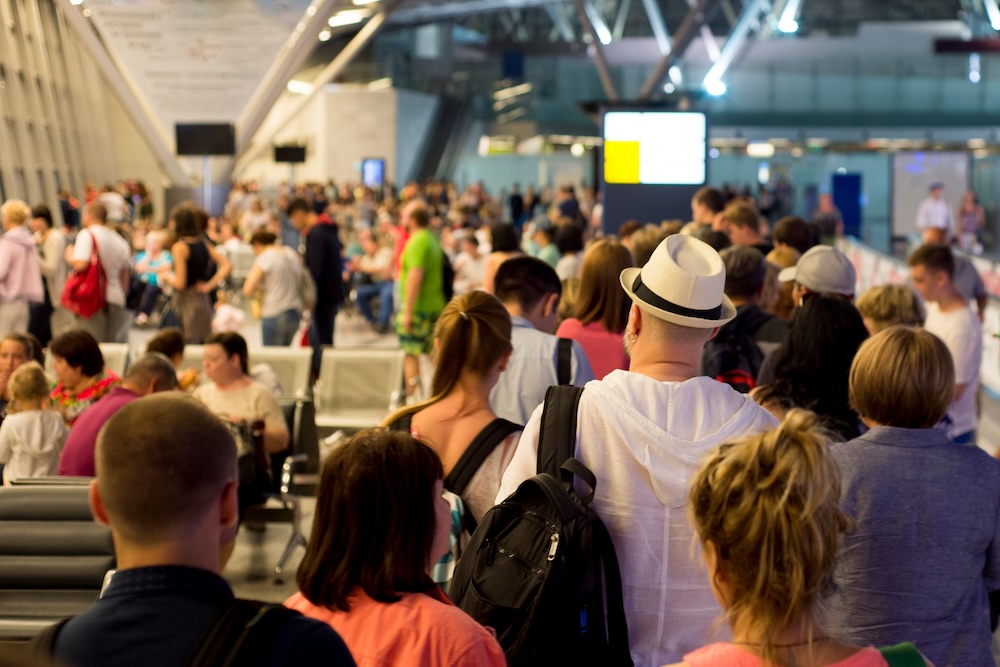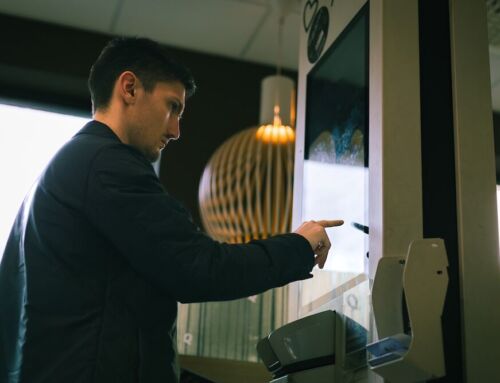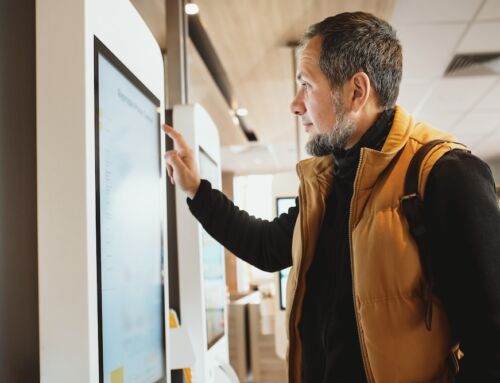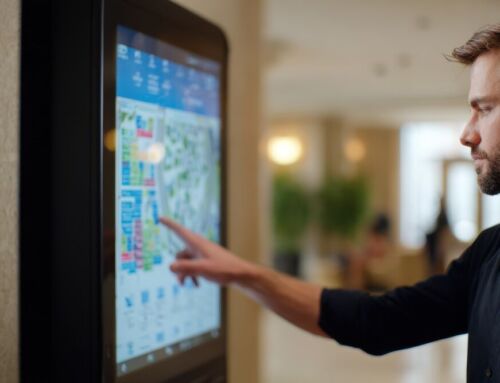The great summer getaway is in full swing. Major international airports are teeming with holidaymakers, departure lounges are full, and the queues for baggage check-in, security and passport control are enough to make you wonder, if only temporarily, whether your two-week escape is worth all of this.
Long waits at airports have always been a feature of air travel. The current guidance for long-haul flights is that travellers should arrive three hours before their flight is scheduled. This is partly to account for necessary security checks, of course, which can cause long delays at the busiest times.
But that said, the longest average wait time for security screening at a UK airport is just over half an hour. So where does the rest of the time come from?
There is an element of recommended arrival times erring on the side of caution, to make sure that no one misses a flight if delays are at their worst. And they often are. But it’s also the case that operational efficiency is not always as razor-sharp as it should be, especially around baggage drops and check-in.
But it doesn’t have to be this way. With modern technology – and, specifically, modern self-service technology – there are ways to streamline the tasks passengers have to perform before a flight that can slash arrival-to-boarding times, and make it easier for airports to cope with the holiday crowds.
Packing it all together
Back in the pre-kiosk days, baggage drop-off wasn’t just baggage drop-off. In fact, it was primarily used for check-in, where you presented your passports, confirmed your booking and printed your boarding pass.
One of the curious things about the arrival of digital check-in, whether that’s at a kiosk in the airport or online before you even arrive, is how all of these processes have been separated. You can check-in online. Then go to a kiosks to print your boarding passes. And then queue to have your hold luggage weighed and taken.
The idea is to make everything easier and speed things up. But this seems counter-intuitive. Why ask passengers to wait to use a kiosk, and then to check their luggage in? It’s unnecessary. Add a set of scales and a label printer to the boarding card printing kiosk, and you can do it all in one place. Luggage drop is then just a case of putting your hold bags on a conveyor belt.
Making kiosks the hub of all pre-boarding processes makes sense on lots of levels. It would save passengers time and keep crowds moving. It would free up space – no more check-in/baggage drop desks would allow pre-security areas in airports to be redesigned to further improve the flow of people and convenience. It would be easier for passengers, who might understandably be confused by the need to check-in online, print a boarding pass, then queue to check-in luggage. Not understanding the process inevitably causes delays. Similarly, self-service options allow passengers to complete tasks in their own language.
There’s even an argument that you could integrate passport control into this phase. If travellers have to scan their passports to confirm their booking and identity for boarding cards, why not?
This becomes more practical the more biometric identification is incorporated into passport and border checks. You could ask passengers to scan a fingerprint, or take a facial recognition scan, at initial check-in, authenticating details along with a passport scan. Then all you’d need at border control is a further biometric scan to confirm that it is the same person walking through. You could do this as part of the security checks, for example when passengers walk through a metal detection scanner.
From passport scanners to printers, biometric tools to baggage scales, all the technology required for one-stop pre-flight check-in kiosks is already available. Putting it all together would surely be a positive for airport wait times.




